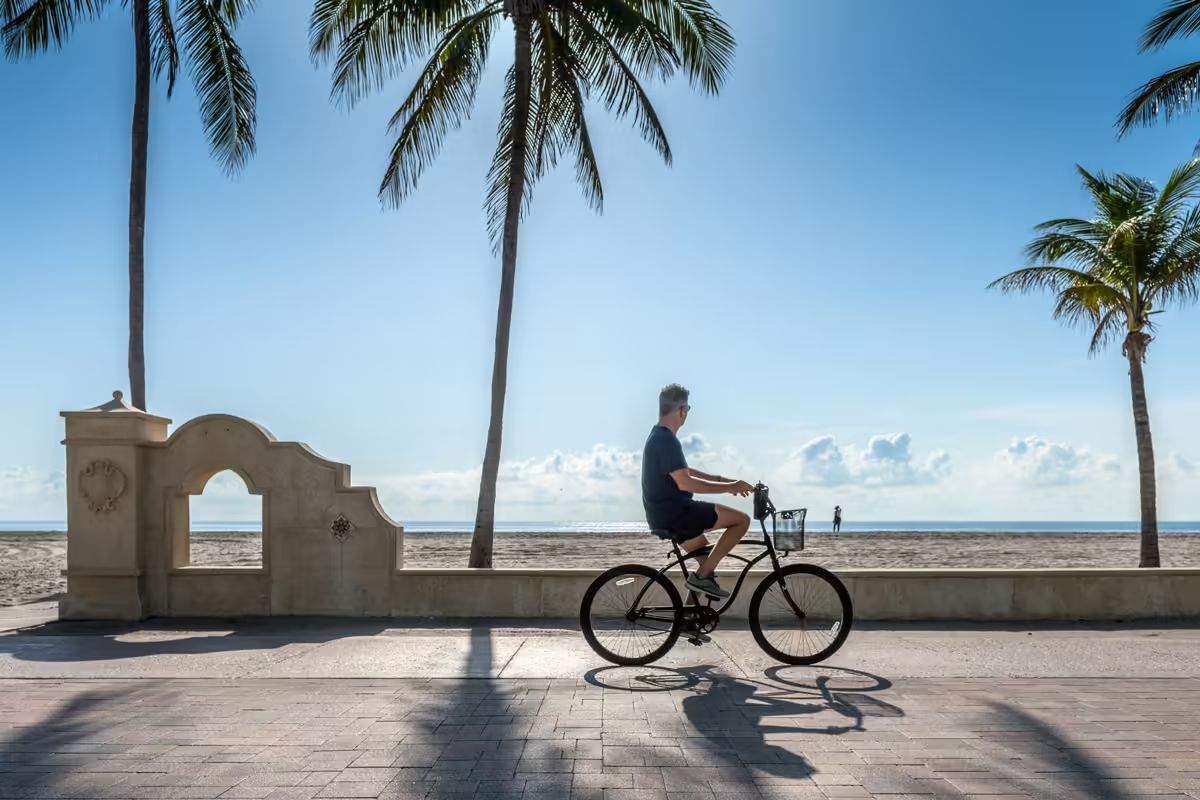It can be challenging to connect a certain amount of average global warming to our daily experiences. To address this, MIT researchers have developed a novel approach to directly quantify the impact of climate change. Instead of focusing on global averages, they introduced the concept of "outdoor days": the number of days per year in a specific location where the temperature is neither too hot nor too cold to enjoy regular outdoor activities, such as walking, playing sports, gardening, or dining outside.
In a study published earlier this year, the researchers used this method to compare the impact of global climate change on different countries worldwide. They found that much of the southern hemisphere would experience significant losses in outdoor days, while some northern countries might see a slight increase. Recently, they applied the same approach to compare different parts of the United States, dividing the country into nine climate regions. The results were similar: states like Florida and other Southeastern areas are expected to see a significant decrease in outdoor days, while some regions, particularly in the Northwest, might experience a slight increase.
The researchers also explored the correlations between economic activity, such as tourism trends, and changing climate conditions, examining how the number of outdoor days could have significant social and economic impacts. For instance, Florida’s economy heavily relies on tourism and people moving there for its pleasant climate; a substantial decrease in the number of comfortable outdoor days could make the state less attractive.
These new findings were published this month in the journal Geophysical Research Letters in a paper authored by researchers Yeon-Woo Choi and Muhammad Khalifa, along with civil and environmental engineering professor Elfatih Eltahir.
"This is something very new in our attempt to understand the impacts of climate change, beyond extreme changes," said Choi. It allows people to see how these global changes can affect them on a very personal level, rather than focusing on global temperature changes or extreme events like powerful hurricanes or increased wildfires. "To my knowledge, no one else is taking the same approach" to quantify local climate change impacts, he said. "I hope many others will follow our approach to better understand how climate can affect our daily lives."
The study examined two different climate scenarios: one in which maximum efforts are made to reduce global greenhouse gas emissions, and a "worst-case scenario" where little action is taken and global warming continues to accelerate. They used these two scenarios with all available global climate models, 32 in total, and the results were generally consistent across the models.
Reality might lie somewhere between the two extremes modeled, suggests Eltahir. "I don’t think we will act as aggressively" as the low-emission scenarios suggest, he said, "and we may not be as reckless" as the high-emission scenario. "Perhaps reality will emerge in the middle, towards the end of the century," he said.
The team examined temperature differences and other conditions over different decades. The data already showed slight differences in outdoor days between the period 1961-1990 and the period 1991-2020. The researchers then compared these past 30 years with the last 30 years of this century, as projected by the models, and found much larger differences for some regions. The most pronounced effects of the modeling were observed in the Southeastern states. "It seems that climate change will have a significant impact on the Southeast in terms of reducing the number of outdoor days," Eltahir explained, "with implications for the quality of life of the population, but also for the attractiveness of tourism and for people who wish to retire there."
He added that "surprisingly, one of the regions that would benefit a little is the Northwest." But the gain there is modest: an increase of about 14 percent in the number of outdoor days predicted for the last three decades of this century, compared to the period from 1976 to 2005. The southwestern United States, in comparison, faces an average loss of 23 percent of their outdoor days.
The study also examines the relationship between climate and economic activity by looking at tourism trends using data from the US National Park Service, and how these correspond to differences in climate conditions. "Taking into account seasonal variations, we find a clear link between the number of outdoor days and the number of tourist visits in the United States," Choi said.
For much of the country, there will be little overall change in the total number of annual outdoor days, according to the study, but the seasonal trend of these days could change significantly. While most regions of the country currently experience the greatest number of outdoor days in summer, this will change as summers become hotter, and spring and fall will become the preferred seasons for outdoor activities.
In some ways, said Eltahir, "what we’re talking about happening in the future [for most of the country] is already happening in Florida. There, he said, "the most pleasant time of the year is spring and fall, and summer is not the best time of the year."
People’s comfort levels with temperatures vary somewhat depending on individuals and regions. Therefore, the researchers designed a model tool, now available for free online, which allows users to set their own definitions of the lowest and highest temperatures they consider suitable for outdoor activities, and then see what climate models predict as the change in the number of outdoor days for their location, using their own comfort standards. For their study, they used a widely accepted range of 10 degrees Celsius (50 degrees Fahrenheit) to 25 C (77 F), which is the "thermoneutral zone" where the human body does not need metabolic heat generation or evaporative cooling to maintain its core temperature – in other words, within this range, there is generally no need to shiver or sweat.
The model primarily focuses on temperature but also allows people to include humidity or precipitation in their definition of what constitutes a comfortable outdoor day. The model could be expanded to incorporate other variables such as air quality, but the researchers say temperature tends to be the main determinant of comfort for most people.
Using their software tool, "If you disagree with how we define an outdoor day, you can define one yourself, and then you will see what the impacts are on your number of outdoor days and their seasonality," Eltahir explained.
This work was inspired by the realization, he said, that "people’s understanding of climate change is based on the assumption that climate change is something that will happen in the future and will happen to someone else. It will not affect them directly. And I think that contributes to the fact that we are not doing enough."
Instead, the concept of outdoor days "brings the concept of climate change home, brings it to personal daily activities," he said. "I hope people find it useful to bridge this gap and enable a better understanding and appreciation of the issue. And I hope it will help lead to wise, science-based policies regarding climate change."
The research was based on work supported by the Jameel community for the Jameel CREWSnet observatory and the Abdul Latif Jameel Water and Food Systems Lab at MIT.



